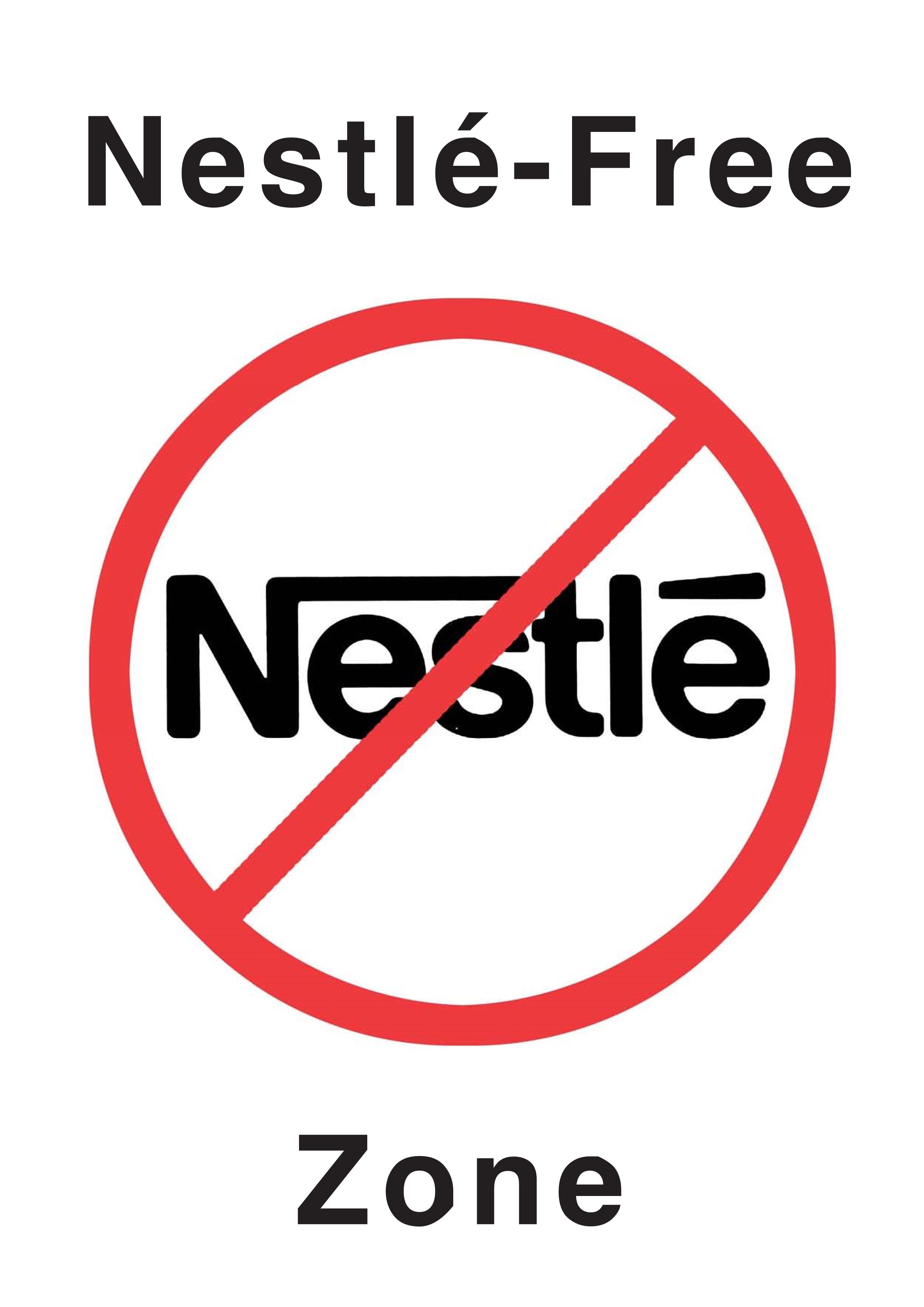Továbbképzés és műhelymunka
2016 májusában az Academy of Breastfeeding Medicine közreadta 36. sorszámú protokollját "A mastitis spektrum" címmel. A protokoll sok meglepő megállapítást és javaslatot tartalmaz, amelyek érdemesek arra, hogy a szakmai közösség megtárgyalja.
Ennek céljából "Mastitis – új megközelítések: Kérdések és kétségek a gyakorlati megvalósíthatósággal kapcsolatban" címmel online továbbképzést és műhelymunkát szervezünk szoptató anya-gyermek párokkal foglalkozó szakembereknek.

 A magzat gyakorlatilag steril környezetből, az anyaméhből érkezik. Elsőként a szülés módja befolyásolja azt, hogy az újszülött mikrobiomja hogyan alakul: természetes szülés után az anya hüvelyflórájára hasonlít, míg császármetszés után a bőrflórára. A kettő lényegesen eltér egymástól, mivel a hüvelyben és a bőrön teljesen más baktériumok élnek.
A magzat gyakorlatilag steril környezetből, az anyaméhből érkezik. Elsőként a szülés módja befolyásolja azt, hogy az újszülött mikrobiomja hogyan alakul: természetes szülés után az anya hüvelyflórájára hasonlít, míg császármetszés után a bőrflórára. A kettő lényegesen eltér egymástól, mivel a hüvelyben és a bőrön teljesen más baktériumok élnek.